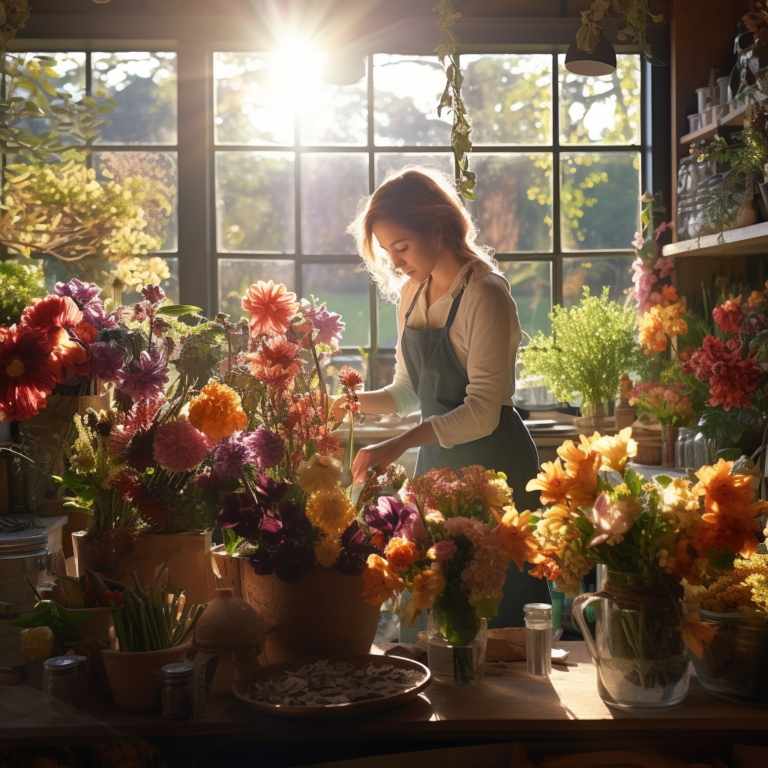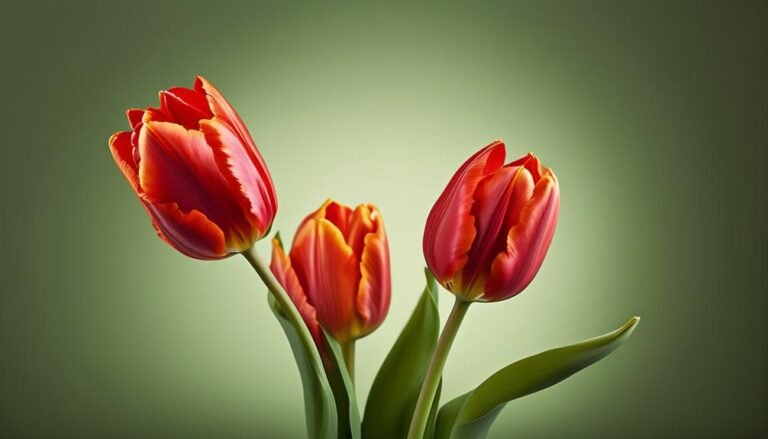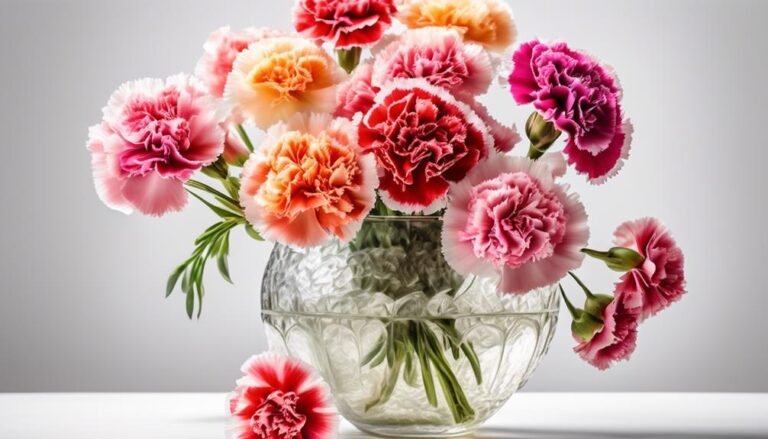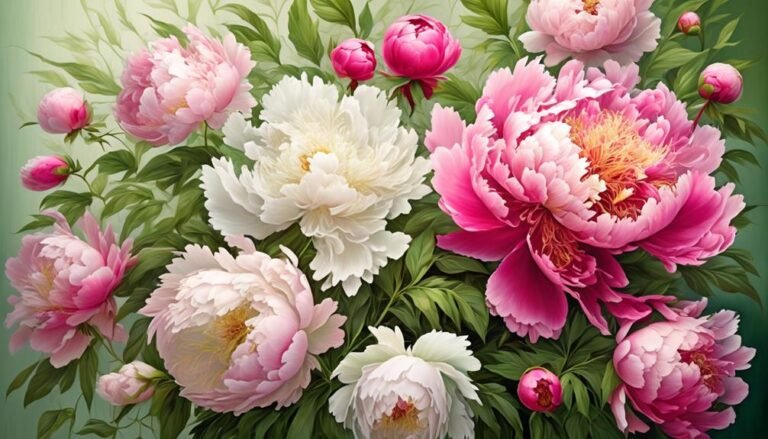Popular Types of Florist Flowers – Aster
Table of Contents
Aster flowers are a favourite among florists for their elegant beauty and versatile nature. These blooms, also known by their scientific name Asteraceae, have a rich history and a fascinating physical description that sets them apart. Their symbolism and delicate allure make them a popular choice for floral arrangements.
When it comes to colours and varieties, Aster flowers come in a range of hues, including purple, pink, white, and blue. Their seasonal availability makes them a great choice for floral displays throughout the year. To care for Aster flowers, it’s important to keep them in well-drained soil and provide ample sunlight.
Overall, Aster flowers are a wonderful addition to any floral arrangement, adding a touch of elegance and charm. Their rich symbolism and delicate beauty make them a sought-after choice for florists and flower enthusiasts alike.
Scientific Name
The scientific name for the Aster flower, derived from the Greek word for ‘star,’ is Aster.
Asters have a rich history and cultural significance. They’ve been used for centuries and referenced in ancient texts and folklore. Asters were commonly associated with magical properties and believed to have healing properties in ancient times.
The star-like shape of the Aster flower contributed to its cultural significance, often seen as a symbol of love and patience. In some cultures, Asters were used in love potions and to convey a message of patience and elegance.
The vibrant colours and delicate petals of the Aster flower have made it a popular choice for various cultural celebrations and events, including weddings and religious ceremonies.
Understanding the scientific name of the Aster flower provides insight into its historical and cultural significance, making it a fascinating subject for further exploration.
Background History
The Aster flower, derived from the Greek word for ‘star,’ has a rich historical background with cultural and mythological significance. In Greek mythology, Asters are linked to the goddess Astraea, symbolizing innocence and purity due to their star-shaped blooms. They’ve been used for medicinal and spiritual purposes since ancient times.
Asters hold different symbolic meanings in various cultures, such as love, patience, elegance, and wisdom. They’re also known as Michaelmas Daisies, blooming around Michaelmas Day on September 29th.
This historical and cultural significance makes Asters a meaningful choice for floral arrangements and gifts.
Physical Description

Aster flowers are known for their composite blooms formed by tiny tubular flowers clustered around a central disk, with stems growing up to 101 cm in height and featuring complex, branched structures. The delicate and intricate design of these flowers makes them a captivating addition to any garden or floral arrangement.
Aster plants thrive in well-drained soil and full sun, making them a delightful addition to your garden. These resilient flowers are known for their ability to attract butterflies and bees, adding vibrancy to any outdoor space. With their captivating appearance and versatility, asters are popularly used in floral arrangements for various occasions, from elegant weddings to heartfelt condolences.
Asters are a beloved choice for their ability to add a touch of natural beauty to any setting, whether adorning a garden bed or serving as a heartfelt gift.
Colours and Characteristics
Asters are popular for their diverse array of colours and symbolic meanings, making them a meaningful choice for floral arrangements. The different colours of asters each carry their symbolic meanings and cultural significance. Purple asters symbolize royalty, pink asters represent kindness, white asters signify purity, lavender asters convey elegance, and red asters symbolize love. These symbolic meanings make asters a versatile choice for conveying different emotions and messages in floral arrangements.
The cultural significance of asters adds depth to their symbolism, as they hold different meanings in various cultures. With associations to the Greek goddess Astraea, asters are a thoughtful choice for gifting. Additionally, the timing of asters’ bloom is significant, as they’re perfect for early autumn bouquets, symbolizing the changing of seasons and adding a pop of colour to arrangements. As the birth month flower for September, asters hold special significance as a meaningful and personalized gift for those born in that month.
Varieties Available

Asters come in a wide range of varieties, each offering different flower colours and blooming seasons to suit various preferences and occasions. Some popular aster varieties include Alpinus, Amellus, x Frikartii Mönch, Tongolensis, New England Aster, Italian Aster, and Herveys Aster, offering colours such as pink, blue, purple, yellow, and white. With different hardiness ratings and sunlight requirements, there’s an aster variety for every climate and growing condition. Unique characteristics such as flower colours, exposure preferences, and flowering seasons can be found in varieties like New England Aster James Ritchie, Heath Aster Snow Flurry, and Symphyotrichum laeve Nightshade.
When it comes to companion plants for asters, options like echinacea, rudbeckia, sedum, salvia, helenium, and phlox make excellent pairings. These companion plants not only provide support for asters but also enhance the overall aesthetic of your garden.
Considering the specific sunlight and soil requirements of asters is essential for their cultivation. By selecting the right variety and companions, you can create a stunning and thriving floral display in your garden.
Seasonal Availability
Asters, with their vibrant colours and intricate petals, are perfect for early autumn bouquets due to their seasonal availability. They bloom in full from late July to September, making them an ideal choice for arrangements during this period. The availability of asters varies based on the specific variety and local climate conditions. It’s important to note that climate change can impact flower availability, including asters. As temperatures and weather patterns shift, the blooming periods of asters may be affected.
Asters are often at their peak availability around the time of Michaelmas Day on September 29th. It’s essential to stay informed about the timing of aster blooms in your specific region, ensuring that you can incorporate these stunning flowers into your arrangements at their peak.
Care Tips
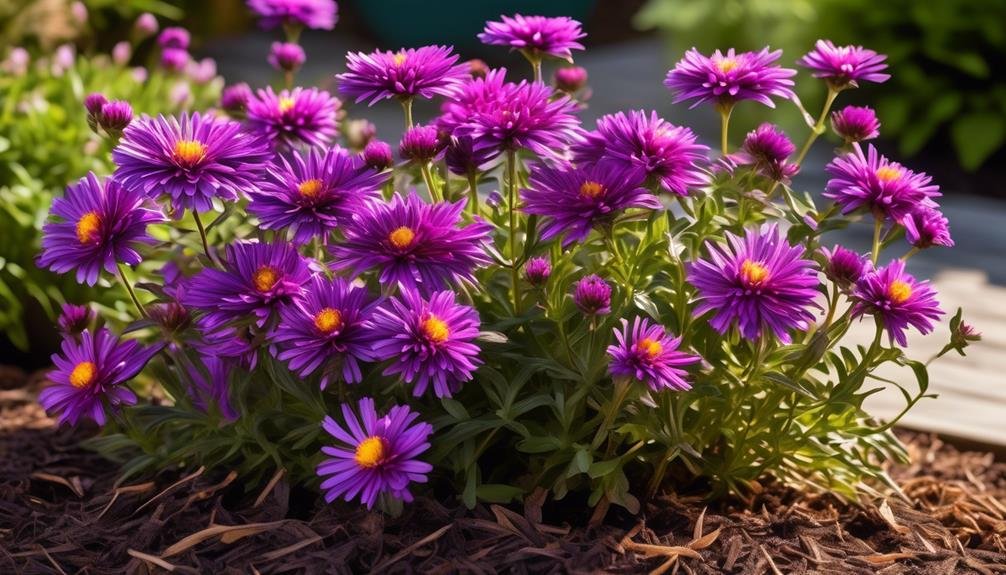
Asters Care Tips for Longevity and Freshness
Cutting and Arranging Asters:
- Use a sharp knife to cut the stems at an angle just below the lower leaves to ensure better water absorption.
- Keep three or four upper leaves intact on the stems to promote longevity and provide essential nutrients to the blooms.
Maintaining Freshness:
- Place asters in a cool, well-lit space, avoiding direct sunlight to prevent wilting.
- Change the water in the vase every other day and add plant food to extend the vase’s life to 7 to 14 days.
- Remove fallen leaves and faded flowers promptly to prevent the spread of diseases.
Fertilizing Asters:
- Fertilize the asters in early spring for optimal growth and health, ensuring they remain robust and resilient against common pests and diseases.
What are the Best Ways to Care for Aster Flowers?
Aster flowers are popular daffodil florist flowers that require proper care to thrive. They need full sun and well-drained soil. Regular watering and deadheading spent blooms can help promote continuous flowering. Mulching around the base of the plants can also help retain moisture and suppress weeds.
Conclusion
Aster flowers are a favourite choice for florists due to their composite blooms and rich symbolism. They come in two main groups, New England asters and New York asters, and are available in a variety of vibrant colours, making them perfect for seasonal and special occasion arrangements.
With proper care, these popular florist flowers can add elegance and charm to any floral arrangement throughout their full blooming season.

